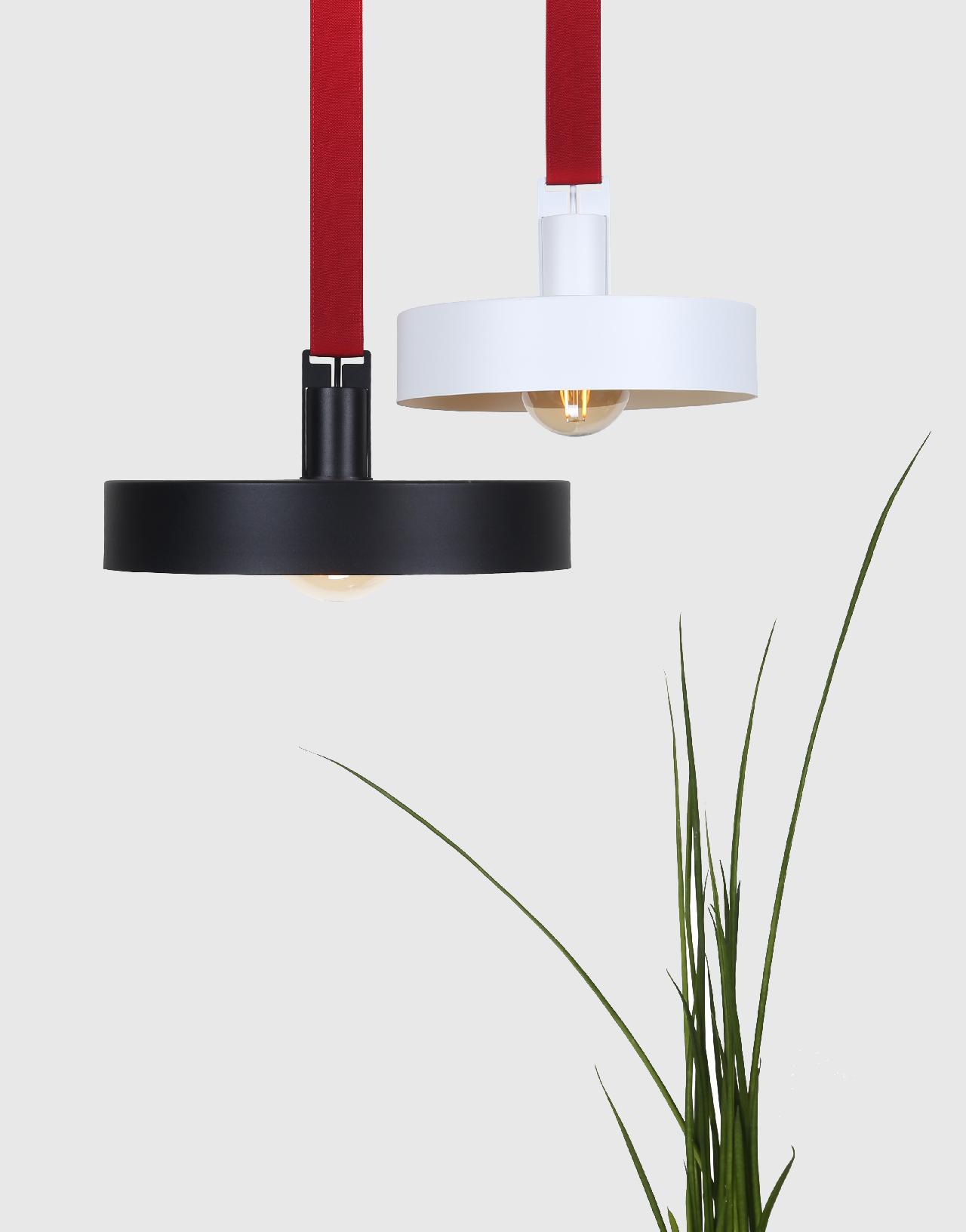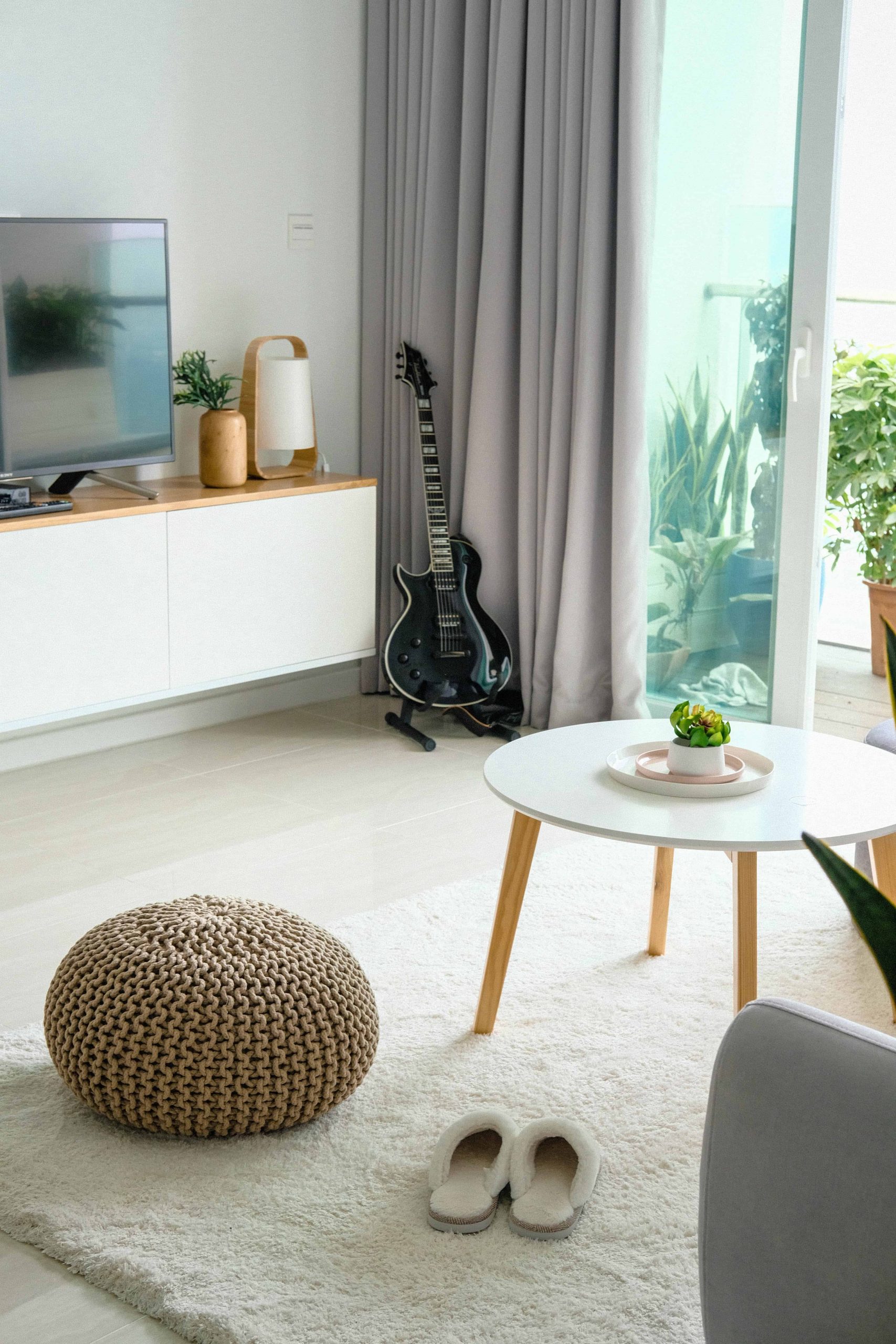Anyone who has ever made lighting decisions for an entire home understands that the process is more complicated than simply choosing appealing fixtures. It is critical to plan concepts since lighting has to be functional as well as attractive. Lights can also change the mood in any space, and a lighting design must include the best location for each fixture.
Fortunately, a few professional tips can help anyone avoid major mistakes. Simply following a list of expert dos and don’ts is the first step in creating a beautifully lit home.
Do Include Layered Lighting
It is essential to create a lighting plan in the earliest stages of constructing or renovating a home since light can change the look of materials and surfaces. Poor choices allow beautiful features and focal points to get lost, but layering lights ensure that every space is lit to maximize functionality and beauty.
Layered lighting means using different styles to get the best results. The three primary styles are accent, ambient, and task lighting. Each has a unique role, and a careful design that uses all three creates a polished room. Once the three lighting types come together, decorative lights can provide a finishing touch.
Before creating a layered style, decide on a design plan and then select lighting styles for each category. For example, straight arm lights make excellent tasks and accent lighting while adding a contemporary touch to the decor. It is easy to find straight arm lights at leading suppliers offering models in various finishes and sizes.
Don’t Go Overboard with Recessed Lighting.
In the last few years, recessed lighting has become very trendy. It consists of light “cans” installed in ceilings, walls, or other surfaces. It is often part of low-key living room designs. Can lights create a subtle effect that is ideal for task lighting in kitchens and bathrooms. However, it is possible to install too much-recessed lighting.
While the lighting does create a nice atmosphere, can lights generally don’t provide enough light for vertical surfaces. That is a problem since vertical surfaces are where the human eye perceives light. When spaces are lit almost exclusively with can lights, they waste energy, and spaces are often too dark.
When recessed lighting is part of an overall lighting design, experts at Porch.com recommend gauging the size of fixtures to determine the best spacing. Designers suggest installing four-inch lights four feet apart and six-inch fixtures six feet apart.
Do Choose Lighting That Flatters
It is no accident that people seem to look more attractive in some spaces than others. Per Vogue fashion writers, the difference is always lighting. When movie stars and models are asked why they seem photogenic in every picture, the answer is, invariably, “lighting.” Homeowners can use some expert lighting techniques to ensure their homes provide the most-flattering light.
Professionals recommend:
- Using adjustable lighting. Choose light sources with dimmer switches that can be adjusted to reduce harshness.
- Lighting walls but hiding sources. According to models and photographers, good lighting is like great restaurant service: it should not be seen. Get this effect by hiding some lighting behind plants or furniture, which causes light to bounce off walls and creates a flattering glow.
- Learning about light bulbs. Every bulb may provide light, but all of the light is not flattering. Avoid fluorescent lighting that creates an unhealthy pallor. LED lights provide a cleaner, more-pleasant effect. Opt for bulbs with a color accuracy rating of 90 or above.
It is also essential to understand the different variations of white provided by various bulbs. Manufacturers now offer warm, cool, soft, bright natural, and daylight shades of white and some are more flattering than others.
Don’t Hang Lights Without Measuring
Accurate measurements are essential to successful home lighting design. As with all home projects, measurements ultimately impact the overall look of the project. They can also affect function.
For example, hanging lights need to clear the head of the tallest person in the home without obstructing any views. Installing a hanging light without measuring could result in residents constantly bumping into fixtures, and a light that is too low is also unattractive.
When installing hanging fixtures, the rule of thumb is to ensure they clear surfaces by 36 to 48 inches. The height also depends on the setting and mood of the room. A lower-hanging lamp in a dining room can make the space feel more intimate.
Do Use Separate Lighting Controls
Every type of light in a room should be controlled separately for maximum flexibility and efficiency. Individual controls also make it possible to change the mood in the room and “stage” lighting by turning some fixtures off and leaving others on. Dimmer switches offer a simple way to control light and save energy.
The easiest way to control several light sources is to use multiple light switches. However, programmable wall systems provide a more sophisticated way to do the same thing.
Benefits of lighting control systems include:
- Energy conservation. Owners can dim or turn off lights according to room occupancy or time of day.
- Extended bulb life. Bulbs last longer when used less frequently, especially halogen and incandescent lights.
- Lights can be adjusted for tasks. Higher levels may be used for some tasks, and lower settings can be used for ambient lighting.
- Preferences are programmable. Users can set the preferences once and systems remember them.
Don’t Choose Lighting Based Solely on Aesthetics
Once homeowners have chosen a lighting design plan, it can be tempting to go shopping and pick up the most attractive fixtures that fit into the decorating theme and appeal to owners’ tastes. While aesthetics is essential, shoppers need to consider other critical factors.
Buyers should know how much wattage they need when selecting lights. It is also important to understand how various bulbs function and then select the ones that will help create the desired look.
Functional, beautiful interior lighting takes planning, but homeowners can follow professional tips to create well-lit homes. Experts recommend layering fixtures, avoiding too many recessed lights, and using flattering lighting. They strongly advise homeowners to measure accurately before installing fixtures and avoid selecting lighting based only on looks.
Discover more from Futurist Architecture
Subscribe to get the latest posts sent to your email.




